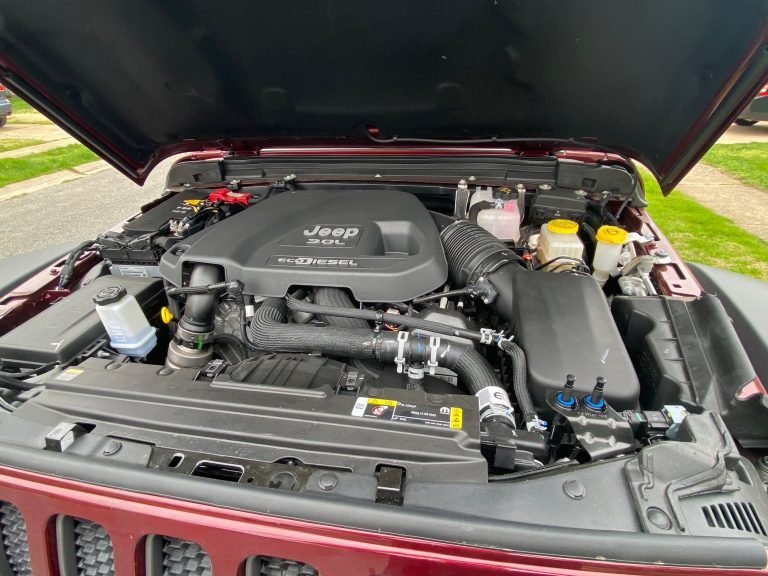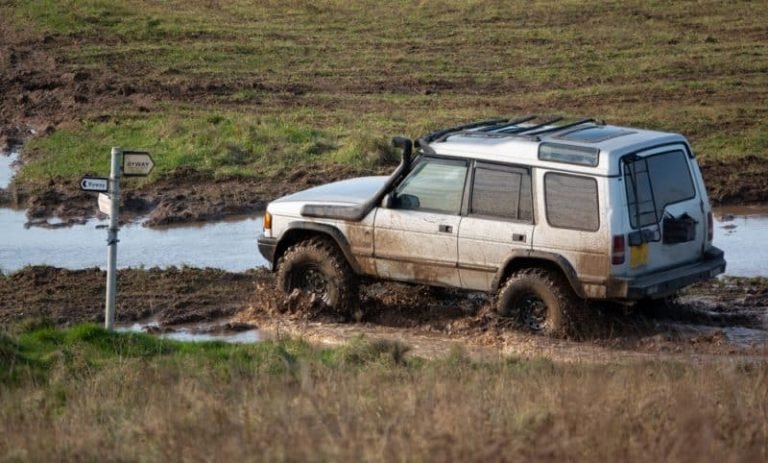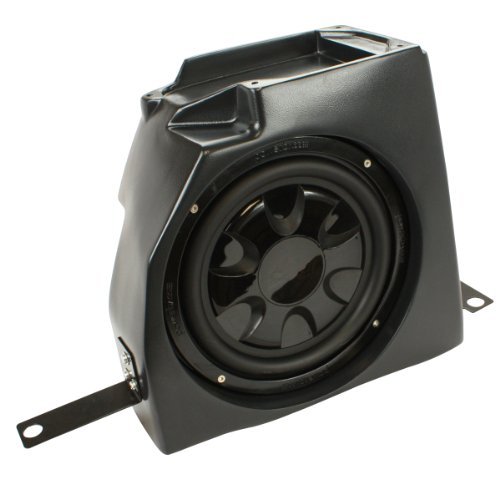Dana 30 Bearing Cap Torque
Ensuring your vehicle’s differential is in optimal condition is of significant importance to achieve a smooth, balanced, and efficient drive. One vital component of the differential system that exists in your automobile is the bearing cap. In a Dana 30 differential, you need to torque your bearing cap correctly to prevent any potential mishaps or malfunctioning in the system. But how much torque do you need to apply? The simple answer is: For a Dana 30 bearing cap, the suggested torque is between 60 to 80 foot-pounds. However, this simplistic response doesn’t help much if you don’t know what torque means in relation to your Dana 30, or how to properly apply that torque, does it? So, let’s deep dive into the world of differential mechanisms, discussing bearing cap torque in detail, why it matters, and how you can remain on top of it.

Understanding Bearing Cap Torque
Torque, in a nutshell, correlates to the force required to twist or turn something. In relation to the bearing cap on your Dana 30, it becomes the measure of how tight the bearing caps need to be. The measure usually takes place in foot-pounds (ft-lbs) in most U.S. vehicles, including the Dana 30 differential.
A torque wrench generally provides the most accurate measure when tightening bearing caps. If the cap is too loose, this could cause unwanted movement and potential damage. However, overtightening could lead to other issues, such as cap cracking or warping. When we talk about the Dana 30 bearing cap torque, the balance is generally found somewhere between 60 to 80 ft-lbs.
Why Bearing Cap Torque Matters
The effective operation of your vehicle largely relies on the differential system, allowing the wheels at either end of the axle to rotate at different speeds. As part of this system, the importance of bearing cap torque cannot be understated.
When bearing caps are not torqued correctly, it can lead to a multitude of problems. One of the most significant issues that can arise pertains to the bearings themselves. Inappropriate torque can cause excessive stress on these small but crucial components, leading to premature wear and ultimate failure, consequently resulting in a damaged differential.
Applying Torque Correctly
Ensuring correct torque on your Dana 30 bearing cap might seem complex, but it’s quite straightforward with the right tools at hand. The following checklist can make the process smoother:
– Ensure you have a reliable torque wrench capable of measuring between 60 to 80 ft-lbs.
– Clean and inspect all parts before assembly. Check for damage or unusual wear.
– Begin by hand-tightening the bearing caps before applying the torque wrench.
– Gradually increase the torque on each bearing cap, alternating between caps to maintain even pressure.
Frequently Asked Questions
Q. What happens if bearing cap torque is too high?
Over-tightening bearing caps can result in some serious mechanical issues, including the distortion or cracking of the cap itself. This leads to uneven load distribution, risking damage to the bearings, shaft, or even the entire differential system.
Q. What happens if bearing cap torque is too low?
Under-tightening, on the other hand, lets the bearing cap move around more than it should. This constant movement can eventually lead to bearing or cap failure, damaging your differential system astronomically.
Q. How often should I check my bearing cap torque?
Bearing cap torque doesn’t typically change much over time. However, it’s a good practice to check at every routine vehicle service, usually every 10,000 to 15,000 miles, or sooner if you’re experiencing weird noises, vibrations, or problems with your differential.
Final Thoughts
In a versatile vehicle component landscape, it’s vital to understand the critical pieces that keep your ride smooth and efficient. Bearing cap torque might seem like an insignificant detail, yet it plays an integral role in maintaining the overall performance and health of your automobile’s differential system.
Hence, ensure that the bearing cap torque on your Dana 30 differential is within its recommended range. Not only does it help keep potential mechanical issues at bay, but it also aids in extending the lifespan of your vehicle’s components. It is one of those small technical details that hold immense value in the greater machine-scape of your beloved vehicle. Happy and safe driving!







